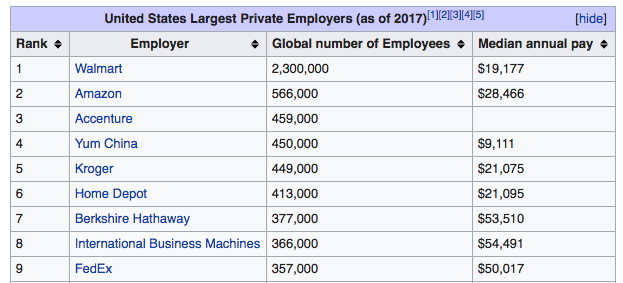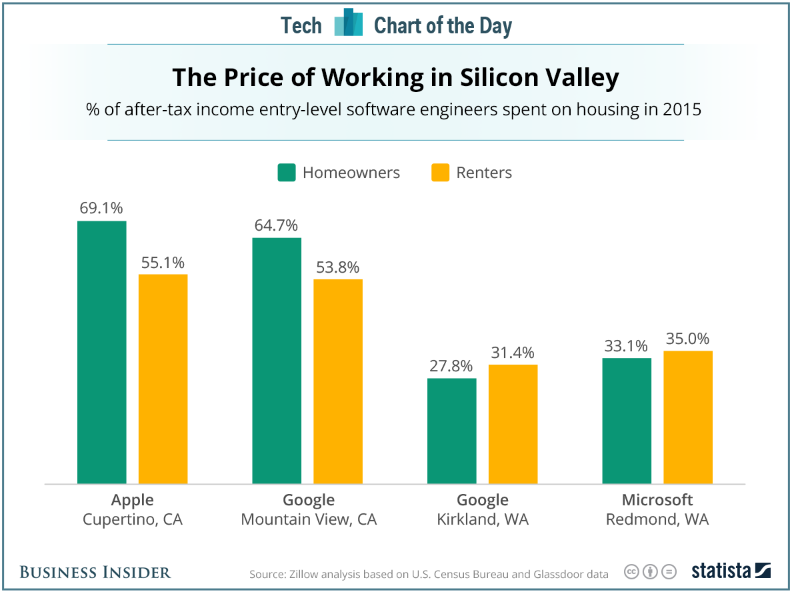Did you know that a whopping 80% of hourly workers live within a 5-mile radius of their workplace? Another study found that 70% of individuals avoid commutes over 30 minutes.
It’s obvious: proximity matters.
No matter if you wear a blue collar or a white one, most people prefer living near their workplace. Who wants to waste time stuck in traffic or on crowded buses or trains? Commuting, even if it can be productive, usually throws off work-life balance.
I created this idea of “Hyperlocal Hiring” years ago. Imagine if companies exclusively recruited individuals to reside within a 1 to 3-mile radius of their premises. The idea is simple yet transformative – making a community of employees who can conveniently walk or bike to work, minimizing commute stress and maximizing efficiency.
The benefits of Hyperlocal Hiring:
- Enhanced Work-Life Balance: Hyper-short commutes translate to happier, more balanced employees.
- Stronger Bonds: Being close to each other helps coworkers form stronger relationships, making the work environment more unified.
- When employees live and work in the same area, they become essential members of their communities, which boosts their involvement and job retention.
- Cultural Cohesion: Being close together helps everyone share the same beliefs and values, making the company culture stronger.
Skeptics might have good points, especially about how doable and big we can make Hyperlocal Hiring. Sure, it could be tough for huge companies with thousands of employees. But for smaller and medium-sized businesses, it’s a great chance to get and keep awesome employees, especially younger ones who really want to be part of a community.
Now, you might be thinking about how limiting the candidate pool could work. But that’s the great thing about Hyperlocal Hiring – it’s not about having lots of options, it’s about getting the right people. When you bring in folks who believe in creating lively little communities, you build connections that go beyond just working together.
So, should we give the Hyperlocal revolution a shot?


